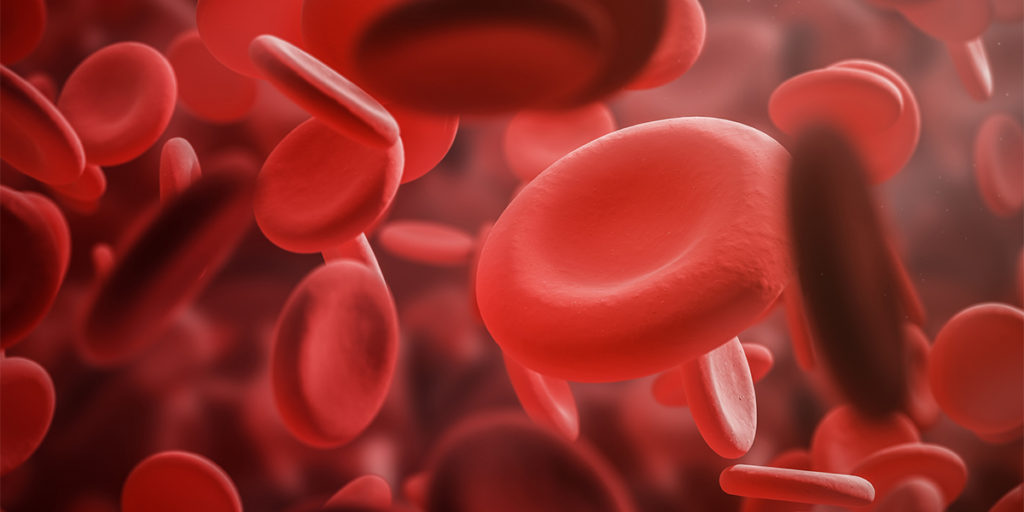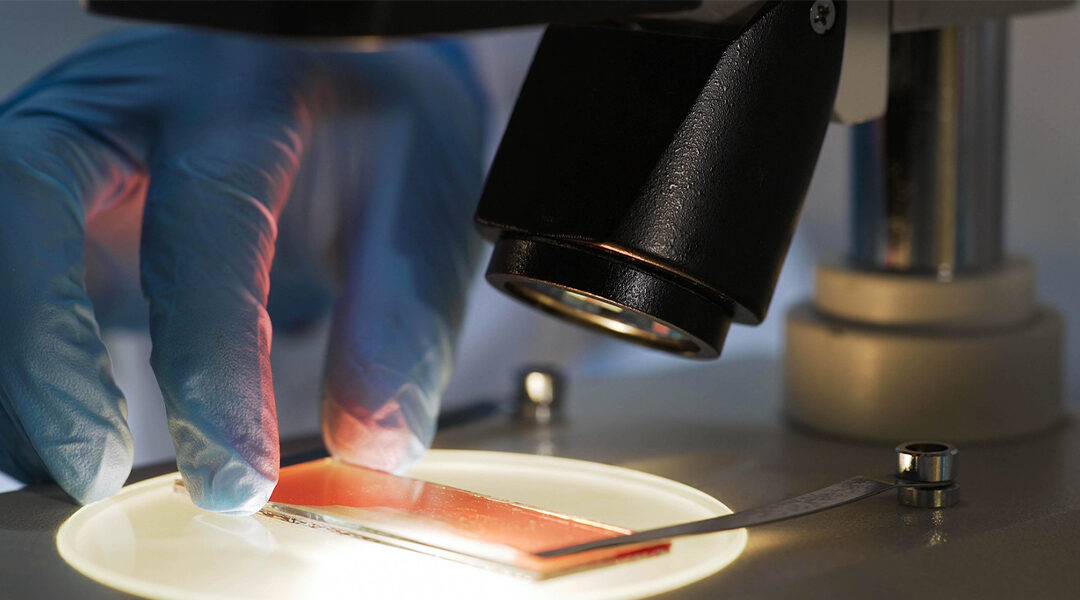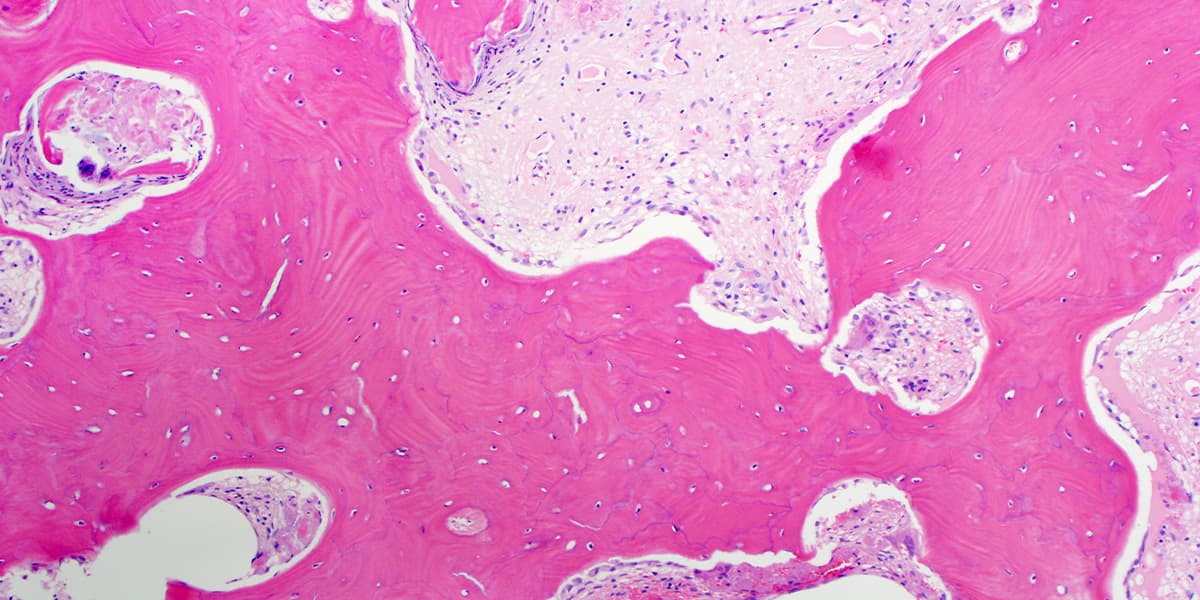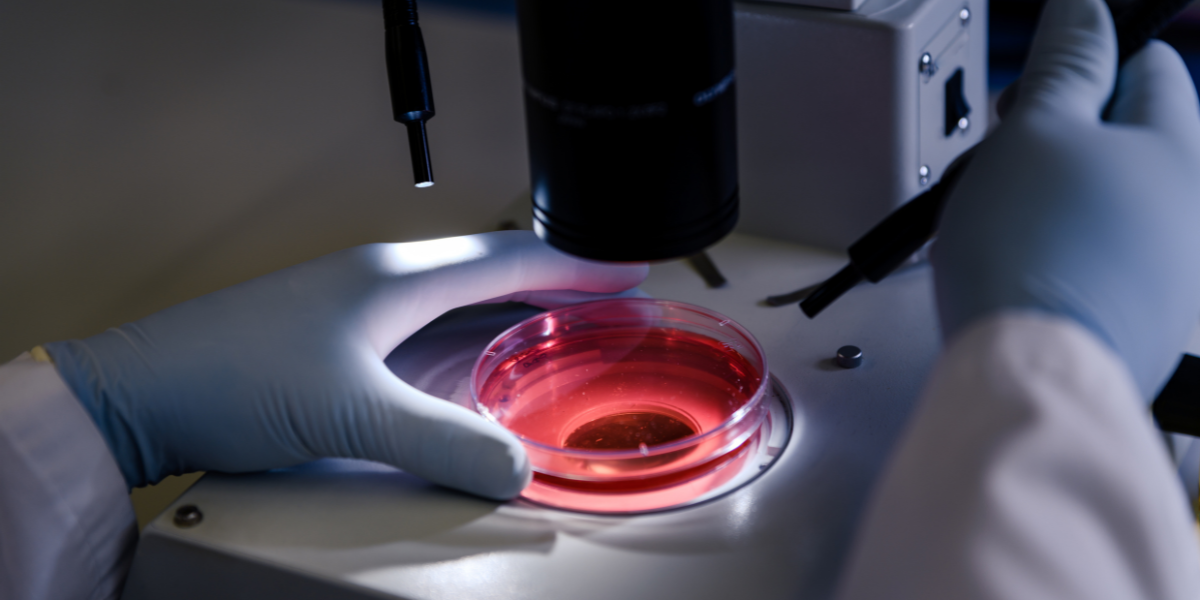When it comes to hearing medical terms like hematopathology, it can be both scary and confusing. What does it mean? Can these tests help me determine why I am sick? These questions, and most likely more, pass through your mind when you are sick. One of the best ways to help ease these fears and worries is to understand the tests and fields of medicine that are used to diagnose patients. Let’s take a deeper dive into what hematopathology is, and how it can help doctors diagnose patients.
Learn More about the Guide to Pathology Click Here
What is Hematopathology?
Hematopathology is the study of diseases of the blood and bone marrow. Hematopathology also includes the study of the spleen, the lymph nodes, and the thymus. It can be used to identify blood diseases such as anemia or leukemia. It can also help detect non-blood diseases by looking at how the blood is affected by the disease. Kidney diseases and infections are common issues that can be diagnosed with hematopathology. Hematopathology could be thought of as a blend of anatomic/surgical pathology and clinical pathology.
Who Works in Hematopathology?
Those who work in the field of hematopathology are called hematopathologists. They are specially trained to use test such as flow cytometry studies to diagnose diseases of the blood, lymph nodes, and bone marrow. Like many other medical fields, there are groups that also work on promoting the study of hematopathology. In the US, there is the Society for Hematopathology. On their website, they state that “the purpose of the Society was to stimulate interest, investigation, exchange and dissemination of knowledge concerning the clinical, morphological and functional aspects of the hematopoietic and lymphoreticular systems.”

Hematopathology specializes in identifying diseases in blood cells.
What about Treatment or Prevention?
Many hematopathology tests start with a simple blood draw done by a doctor or nurse. The worst side-effect you can expect to experience is some bruising, so from the patient’s perspective, it is a very simple test. From there, the blood is sent to a lab to have the testing done by a trained pathologist or hematopathologist. Once the sample has been tested, your doctor and the pathologist can determine a diagnosis or possibly rule out other illnesses. Some of these tests include:
Microscopic Examination
- This is when the blood’s studied under a microscope to check for anything unusual, like cancerous white blood cells or damaged red blood cells.
Complete Blood Count (CBC)
- CBC testing is looking at the cellular parts of the blood to measure various parameters and detect increases or deficiencies.
Coagulation Studies
- This testing identifies issues with clotting in the blood.
Hematopathology may be a long and complicated sounding word, but once you learn more it is easy to understand. If blood is affected by a disease, there is a good chance that it can be diagnosed using hematopathology. Most people have probably had a test done in their life that falls under the hematopathology category and didn’t even realize it. To learn more about hematopathology and other pathological studies, contact South Bend Medical Foundation today.





